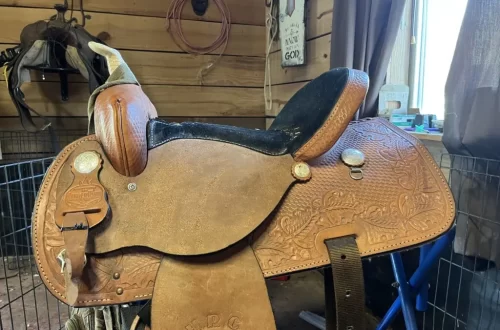
Horse jump over an obstacle
A horse’s jump can be conditionally divided into 4 phases: approach to an obstacle, repulsion, suspension and landing.
Approach to an obstacle In this phase, the horse, which has gained speed, prepares for the jump: having estimated the height and width of the obstacle, it approaches it to the distance necessary to overcome it; chooses the direction of the jump and its power. For three or four paces, the horse is grouped: deeply brings the hind legs under the body, lowers the neck and head down. She puts her front legs at the point of repulsion and puts her hind legs almost close to them. From this position, her upward movement will be more efficient.
Repulsion When pushing off, the horse sharply raises its head and front legs and, quickly spreading its hind legs, makes a push; at the same time, she stretches her neck and head, thus moving the center of gravity somewhat forward.
Lifting After a strong push at the moment of repulsion, the horse flies over the obstacle, bending its front legs even more and bending its hind legs. The correctness of the jump largely depends on how much the horse bends its legs. At the moment of transferring the front legs over the obstacle, the horse lowers the neck and head down so that the hind legs go even higher above it.
Landing When landing, the horse raises its neck and head and leans on the ground successively with one and the other front leg. Then she abruptly lowers her head and neck and briefly swings them up. Thanks to this, the horse lifts his front legs off the ground and brings his hind legs in their place. Now she can follow further in the chosen direction.
- polinka-love November 9 2011 city
I want to do show jumping! Answer





